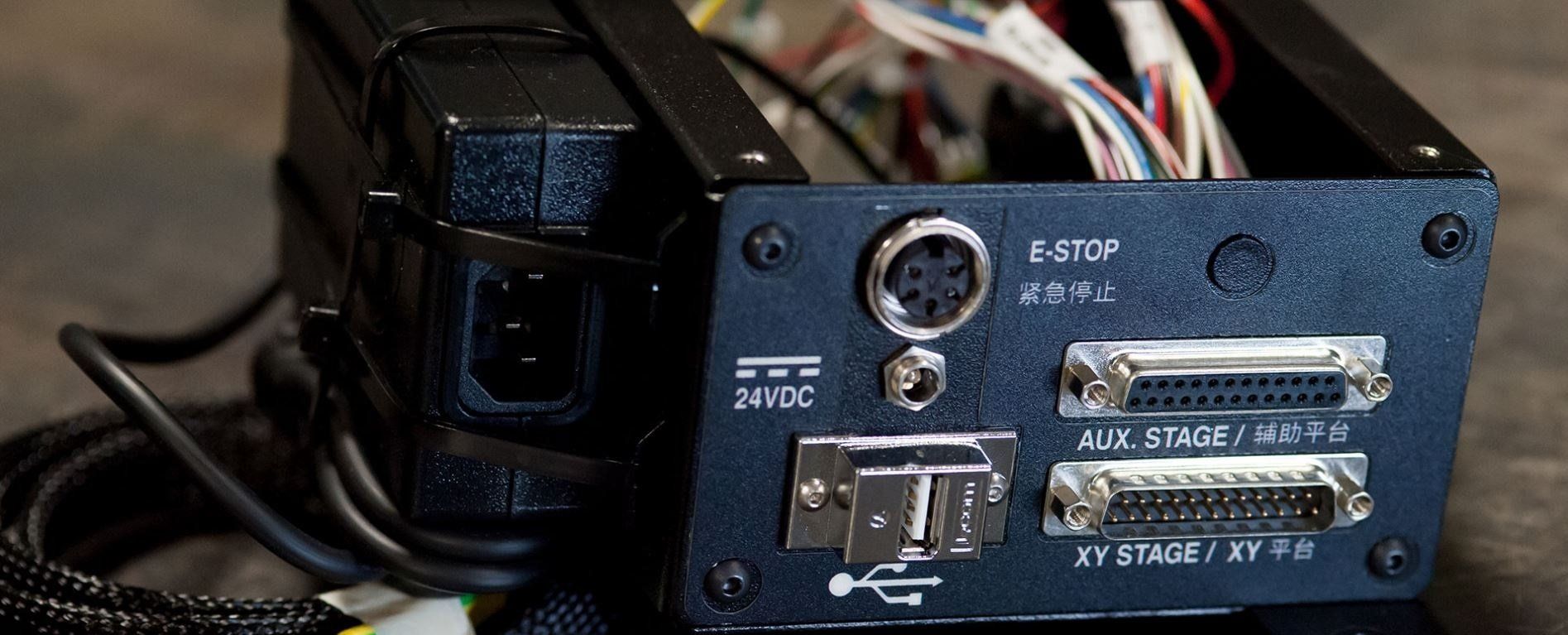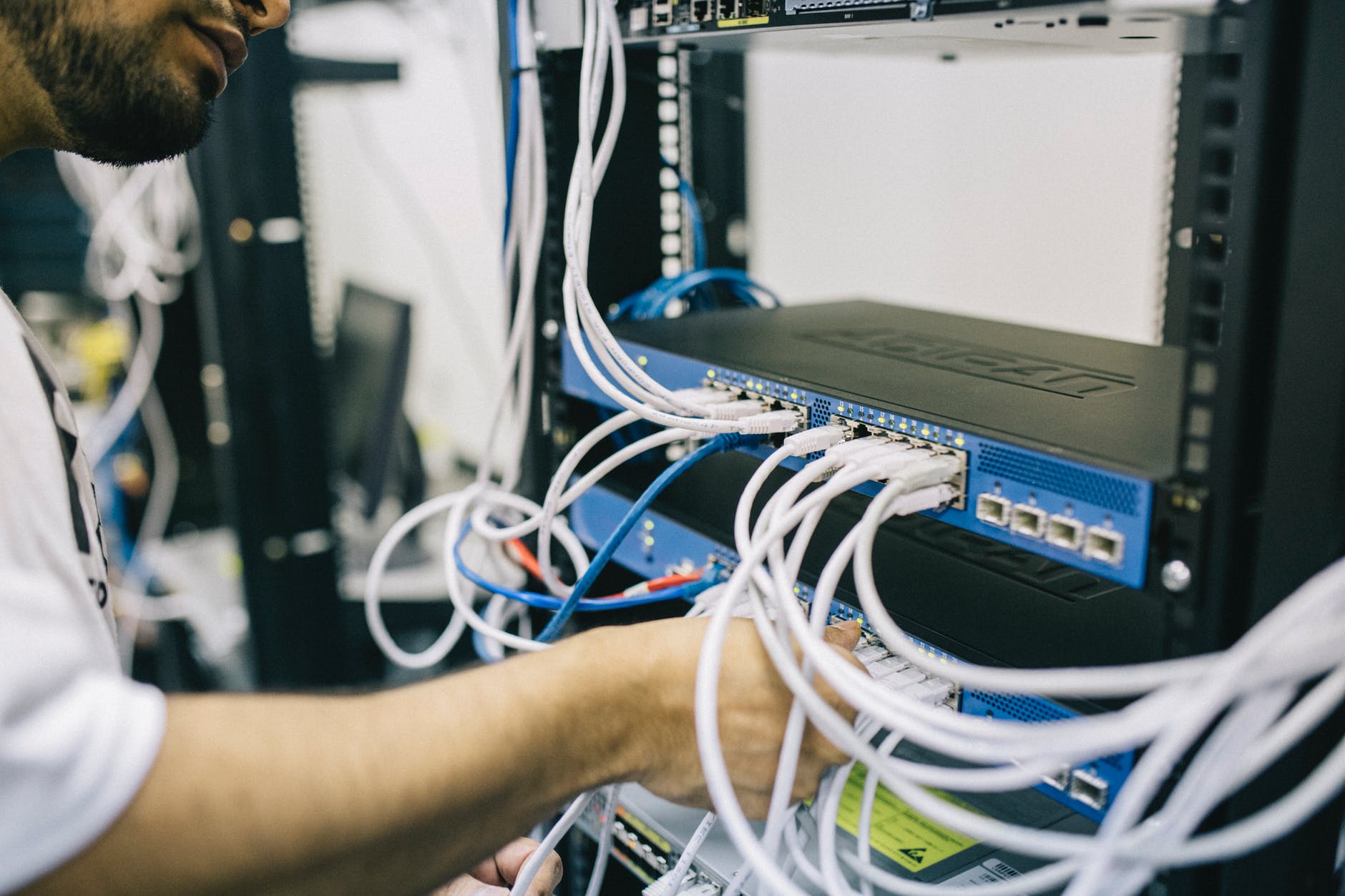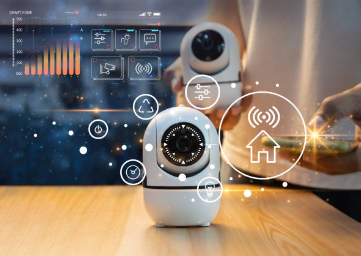
Slide title
Write your caption hereButton
Slide title
Write your caption hereButton
Slide title
Write your caption hereButton
Slide title
Write your caption hereButton
Slide title
Write your caption hereButton
Latest Developments In Camera Technology 2023
Photography is a constantly and people are finding new and innovative ways to bring life to pictures. With more and more people using social media platforms and using photos and videos to express themselves through vlogs and transition videos, the camera to be evolved has become a necessity. Lets see some of the developments in camera that may prove helpful to you.
Artificial Intelligence
AI becoming and blending into our day to day lives, its only a matter of time when its full-fledged used in camera tech. With AI powered cameras, we can expect features like auto focus, auto exposure and auto white balance. These features allow the camera to analyze the picture scene, make adjustments on its own and provide us with more accurate and precise shots. They also detect and track fast moving objects and animals providing with better shots.
Computational Photography
This is one another technology that’s gaining popularity in 2023. It uses complex algorithm to combine multiple images for better and higher resolution pictures. It results in more sharper, detailed photos with better dynamic range and color accuracy. It also allows features like night sight and portrait mode on smart phones providing with stunning results in low light mode.
8 K Video
People are becoming more invested in videos than photos in 2023. 8K video is set to become the trend for more accurate videos. 8K video offers 4 times more resolution than 4K videos with more detailed and sharper images with better color accuracy. 8K videos also allows more space for better editing without sacrificing the quality.
Improved Low Light Performance
Low light has always been a challenge for the photographers since a long time. With larger sensor and improved image processing cameras are now able to produce high quality images with higher resolution in low light conditions. Also features like night mode and high ISO also allows to capture beautiful photos without additional light.
Wireless Connectivity
With Wifi and bluetooth technology allows to easily transfer photos between camera, smartphone and tablet. Some cameras are equipped with 5G that allows even faster data transfer and ability to upload photos and share at the same time.
Augmented Reality
With AR powered cameras we can add virtual objects into the photos and videos in real time. It allows to create stunning videos and photos that stands out from the rest.
In short with the latest camera technology the photography is all set to take it to the next level. They allows to bring our wildest fantasies into pictures easily without much effort.



